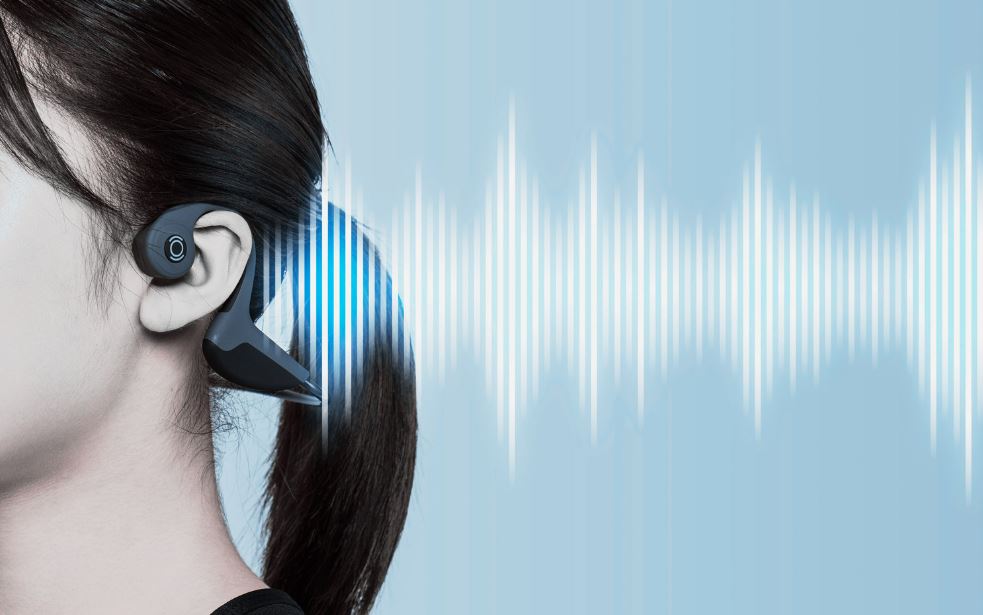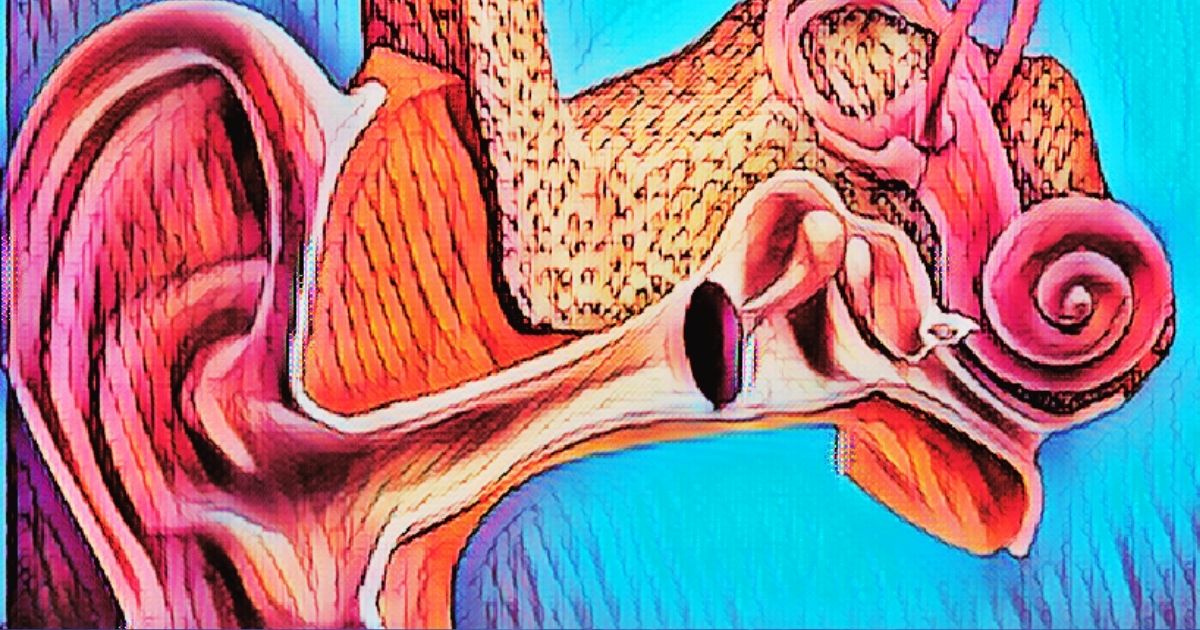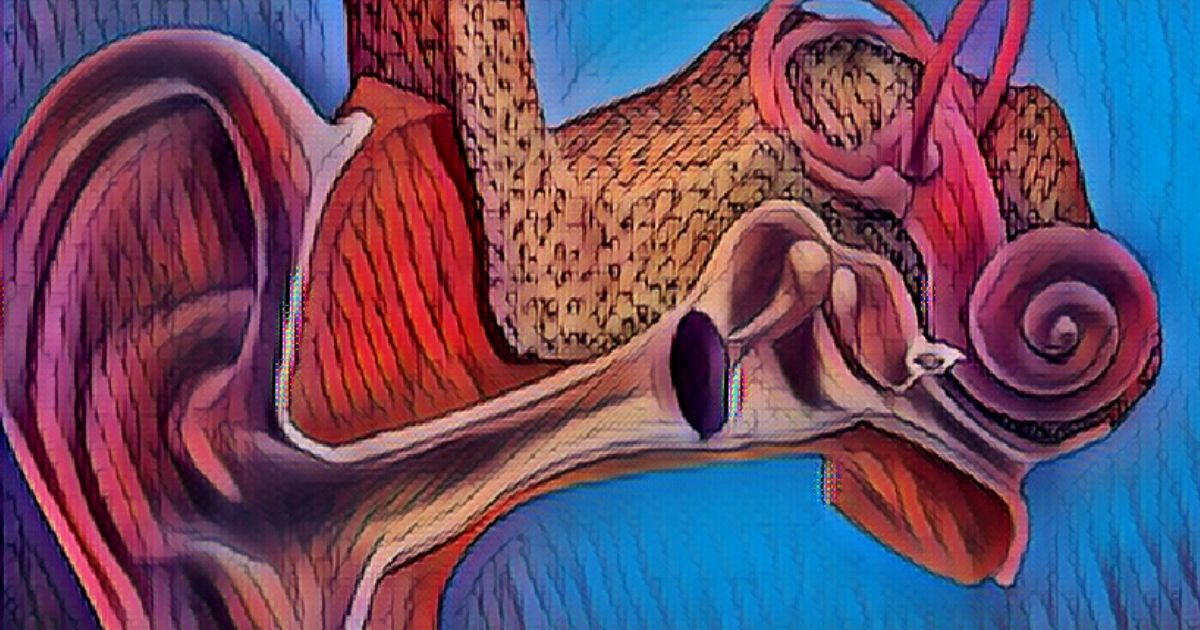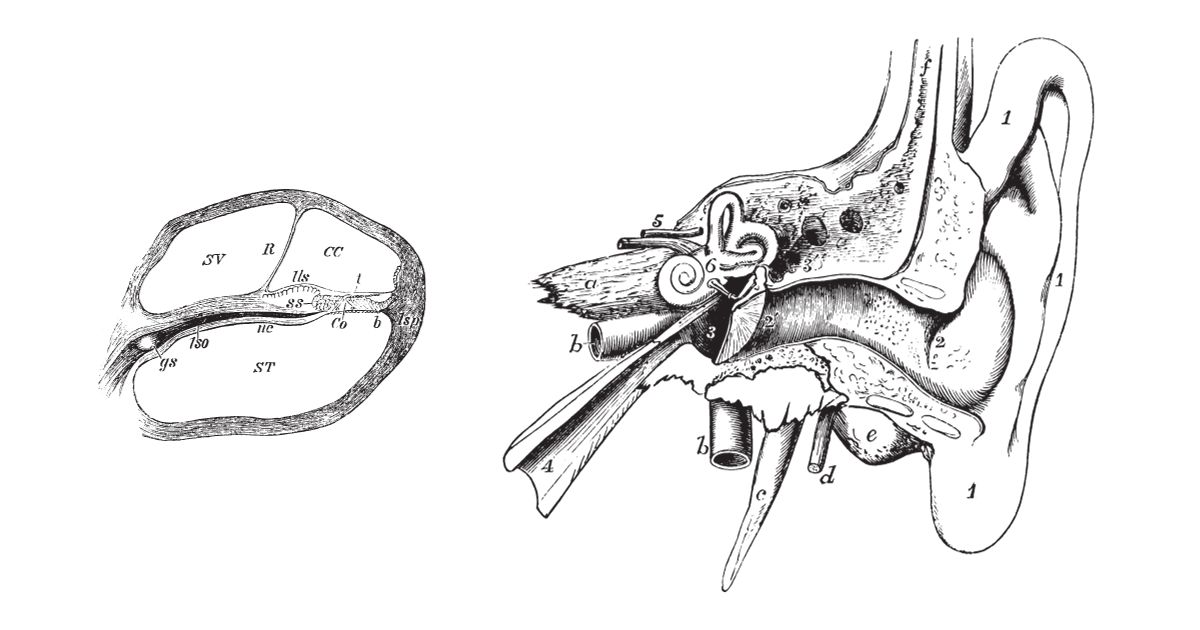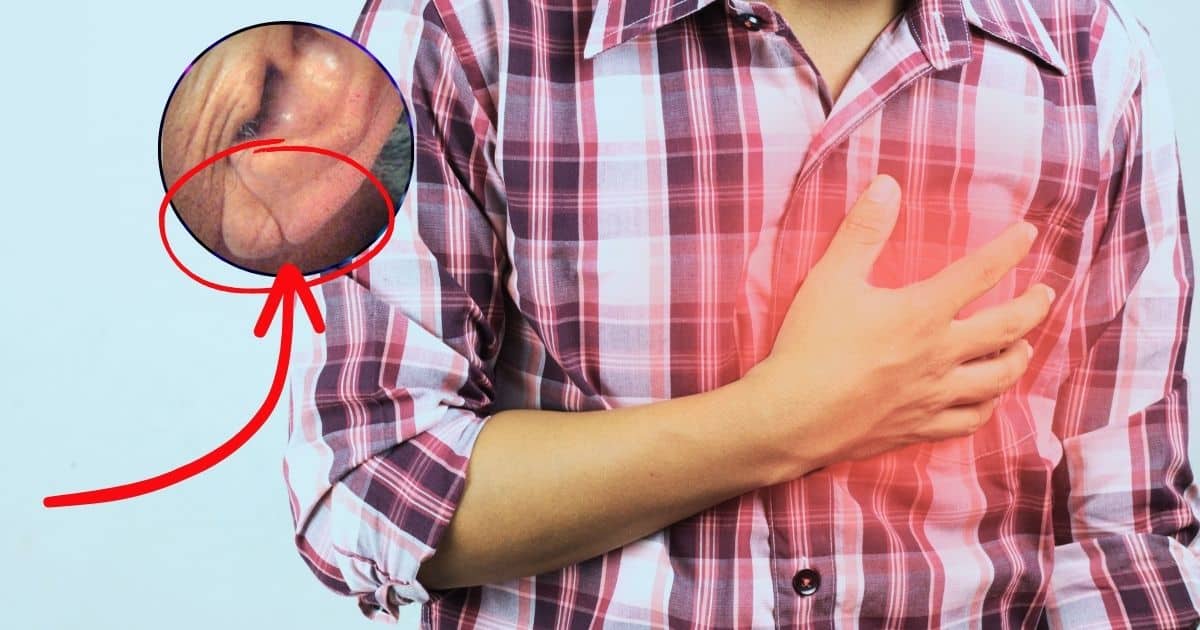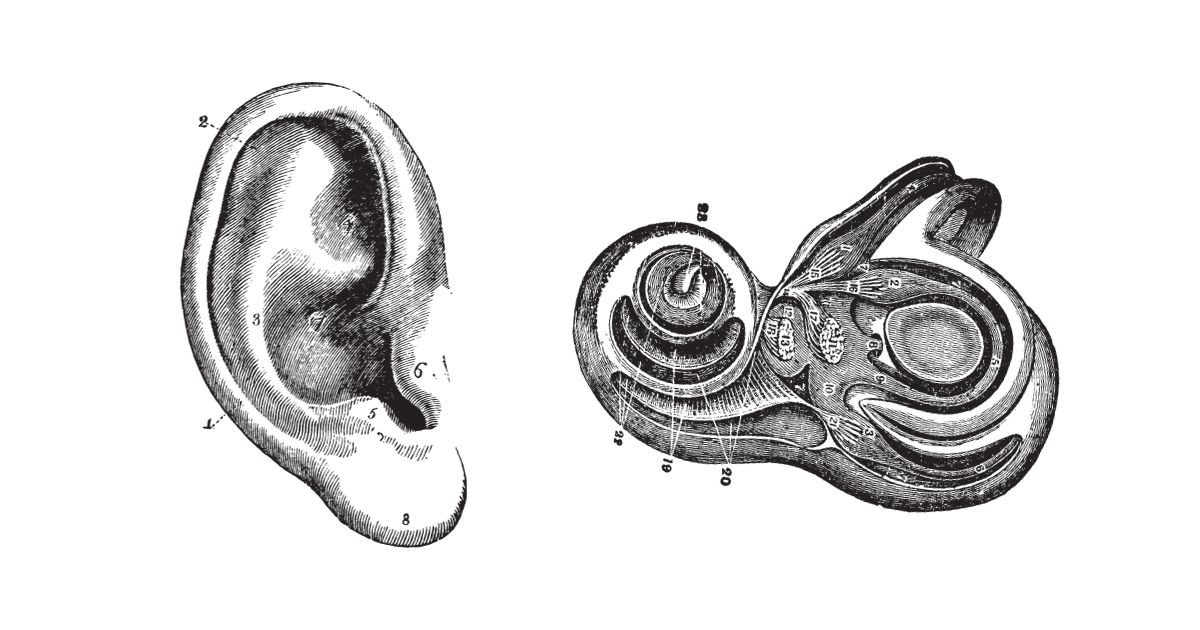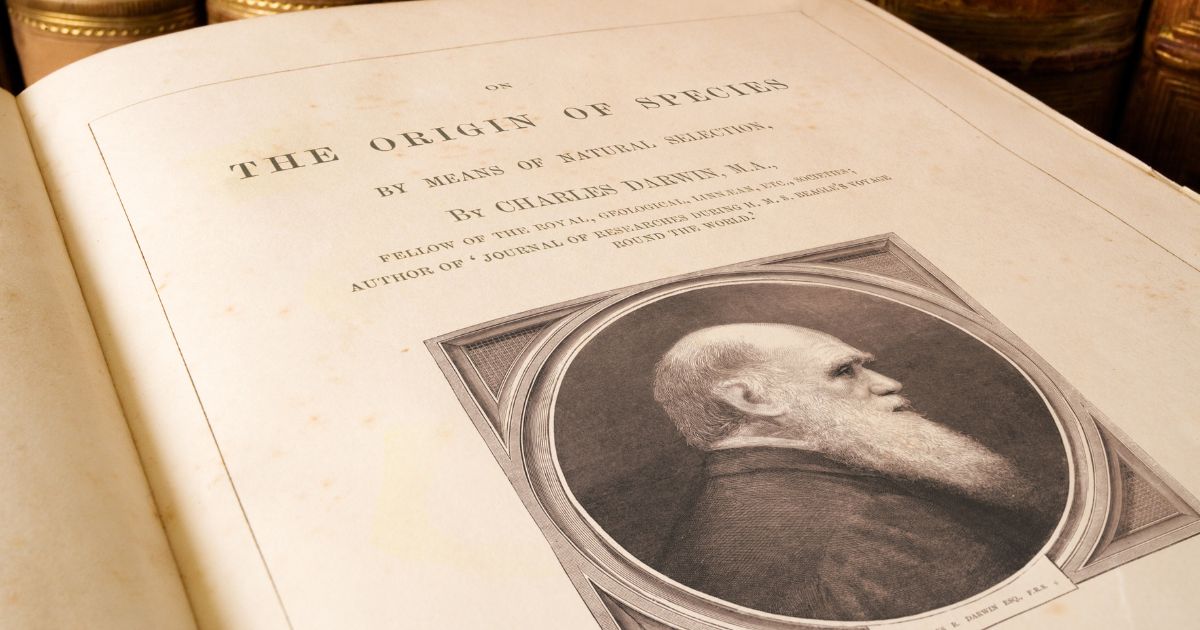Jul. 15, 2023
Welcome to the sixth installment of Hearing International’s series celebrating the achievements of Cochlear Explorers. In this series, we acknowledge the practice of naming cells and other body structures after the researchers who first identified them, a practice known as eponyms. This week, we shine a light on Friedrich-Christian Rosenthal (1780–1829), an anatomist born in Greifswald, Germany. It’s worth noting




